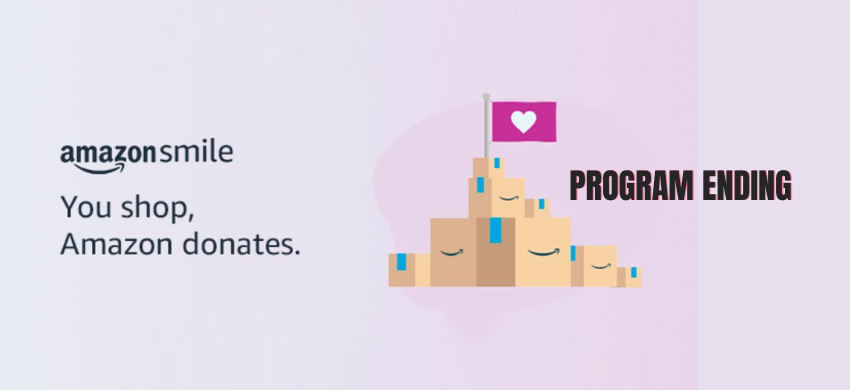Corporate giving: Amazon’s news, key trends, and a primer to kick off the new year

Since it launched in 2013, the Amazon Smile program has provided hundreds of millions of dollars to various charities. The program worked by allowing customers to identify a favorite charity in the customer’s Amazon profile. Then, Amazon would make a donation equal to 0.5% of each of that customer’s purchases for as long as the customer kept the designation in place. Amazon recently announced that it was shutting down the program, to the disappointment of a lot of people.
Because the program was so easy to use, many smaller organizations were successful in rallying their supporters to sign up for Amazon Smile and direct donations to the organization. The program was especially popular among youth groups and school-related charities where parental involvement made it easy to get the word out and secure sign ups.
For many, the news about Amazon Smile has sparked renewed interest in corporate philanthropy, not only in large businesses, but also in small, local businesses. How much should a business allocate for charitable giving? How should the company decide where to make its charitable donations? To what extent should employees be involved?
If the company you help lead, or even perhaps own, has a corporate giving program, it may be wise to give the tires a quick kick and evaluate potential tweaks. Your company’s program is unlikely to be at the scale of Amazon Smile; still, with Amazon Smile’s demise in the news, you and your colleagues may agree that a refresh is in order. It could be time to dust off the research on corporate giving best practices and evaluate how those tried-and-true principles apply to your company’s community involvement today.
Here are three steps to consider as you discuss corporate giving with your colleagues, either formally or informally.
1. Check in on strategy and process, including basic communications guidelines
If your company doesn’t have a strategy or system for prioritizing sponsorship requests, charity event invitations, and requests for donations, you may want to consider putting this in place, whether it’s a simple verbal agreement among company leaders or something more formal such as a written plan. Sometimes, a charitable giving strategy is based on the owners’ values. Some companies seek employee input. Regardless, it is important to have at least a simple communications strategy for maintaining positive relations with the charities whose requests the company turns down, as well as requests from employees.
2. Consider structuring the program with an easy-to-use corporate donor advised fund
A corporate donor-advised fund at the community foundation can do wonders to help streamline the administrative load. All donations into and out of the corporate donor-advised fund are tracked in one place, making it easy to see which organizations have been supported historically. A corporate donor-advised fund also makes it possible for a company to plan ahead to be able to fully fund its charitable goals even in years when revenue is down. Reach out Heidi Pelletier at YVCF to learn more about how a corporate donor-advised fund could work for your company.
3. Make an effort to get the word out
Many companies are doing a lot of good, ranging from employee volunteer outings to canned food drives to monetary donations. Sometimes even employees are not aware of all of the charitable activities going on at their employer. Consider carving out 30 minutes every month to report on the company’s charitable endeavors, whether that’s simply an internal communication or a more public update on the company’s website or social media channels. Business owners and executives are often surprised at how much goodwill comes from simply celebrating the good the company is already doing.
As always, the team at YVCF is here to help you and your company with its charitable giving program. We can help you set up a corporate donor-advised fund, connect you with hands on group volunteer opportunities, assist your team with creating and operating a matching gifts program, set up disaster-relief workplace campaigns, establish donor-advised funds for executives and employees, collaborate on a philanthropic component of a business sale, and much, much more!
 Previous
Previous
